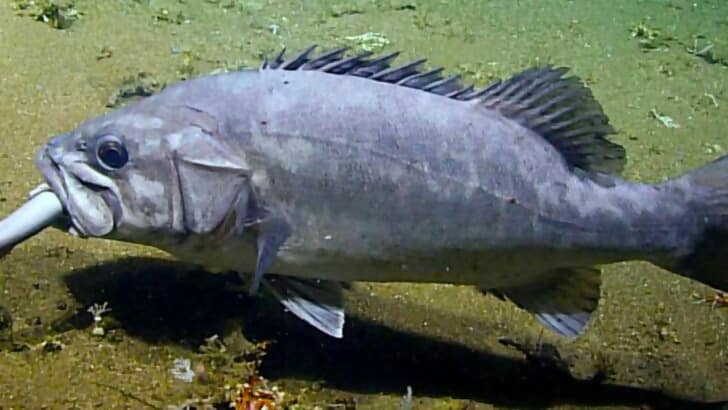
The ocean is the most mysterious place on earth. Only a small portion of it has been explored. Scientists are currently filming the seabed of the Atlantic Ocean with a Remotely Operated Vehicle 1,500 feet below the surface. When they saw this unknown sea creature eating a shark, they were absolutely baffled.
Feasting

Scientists were watching the live stream from their ROV for 45 minutes when they discovered sea creatures feasting on a carcass. There were many sharks gathered around the meat enjoying their meal.
Dogfish
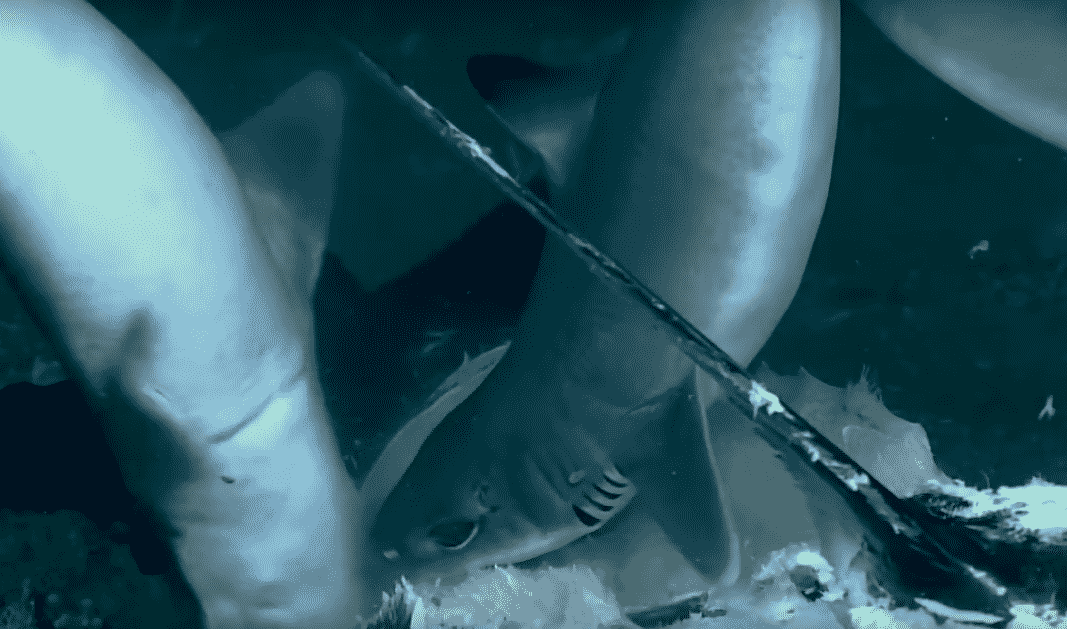
The sharks feasting on the dead animal happened to be from the dogfish family. While they are surely scary creatures, they were not the scariest animals in the area at the time.
Mysterious Ocean

It may seem like humans have explored every inch of the earth. We have climbed mountains, gone down into trenches, and wacked through jungles. However, when it comes to the ocean, it still remains a huge mystery.
Outer Space
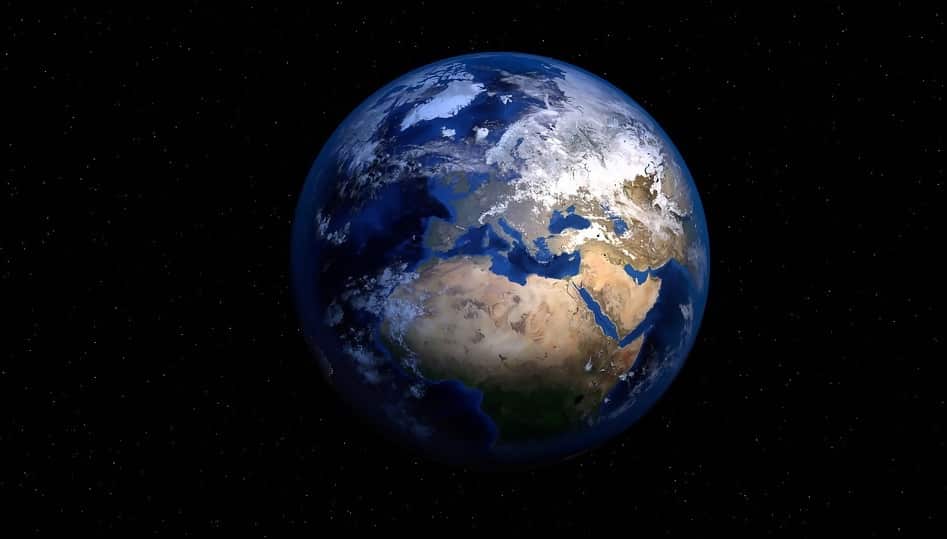
The ocean is so mysterious that we know more about outer space and all it has to hold than we do about what lies beneath the surface. With 70 percent of the earth being water, there is still much to explore.
NOAA
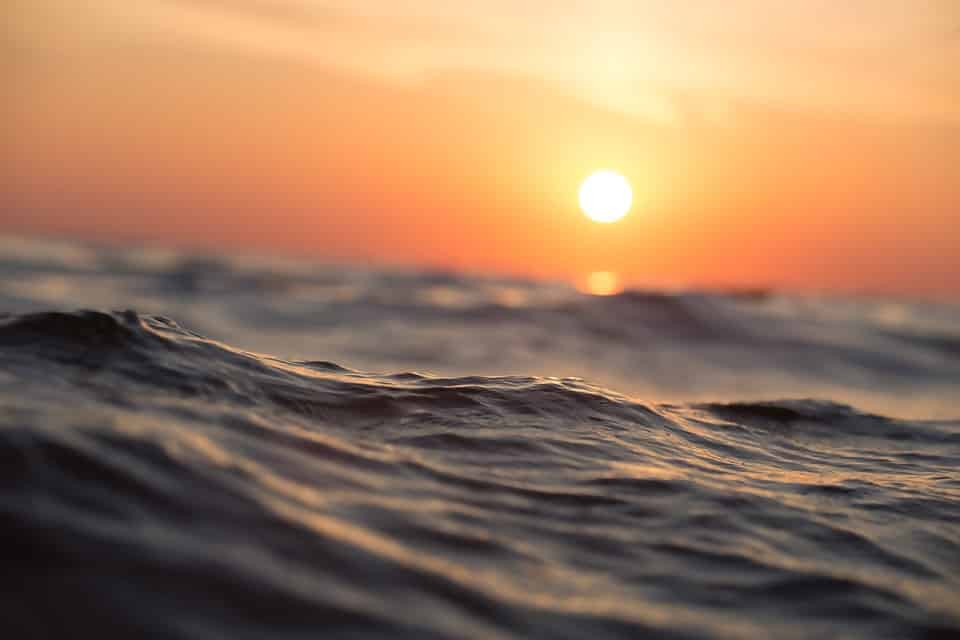
Due to the changing climate, scientists feel that it’s more important than ever to research the ocean. So, the National Oceanic and Atmosphere Administration (NOAA) dedicates their time and resources to researching the unknown ocean.
OER

One of the departments in NOAA is the Office of Ocean Exploration and Research (OER.) This department is full of deep sea divers who gather information and samples from the ocean.
Climate Change

The website for OER states, “America’s future depends on understanding the ocean. We explore the ocean because its health and resilience are vital to our economy and to our lives. We depend on the ocean to regulate water and climate; sustain a diversity of life; for maritime shipping and national defense; and for food, energy, medicine, and other essential services to humankind.”
The Expedition

NOAA launched an expedition called “Windows to the Deep 2019: Exploration of the Deep-Sea Habitats of the Southeastern United States” on May 30, 2019. The expedition would last for 44 days off the coast of Florida, Georgia, and North and South Carolina.
The Mission

There were multiple reasons OER scheduled the expedition. One of those reasons was to find unusual coral and sponges in the ecosystems and to explore canyons in the ocean.
Archaeological Studies
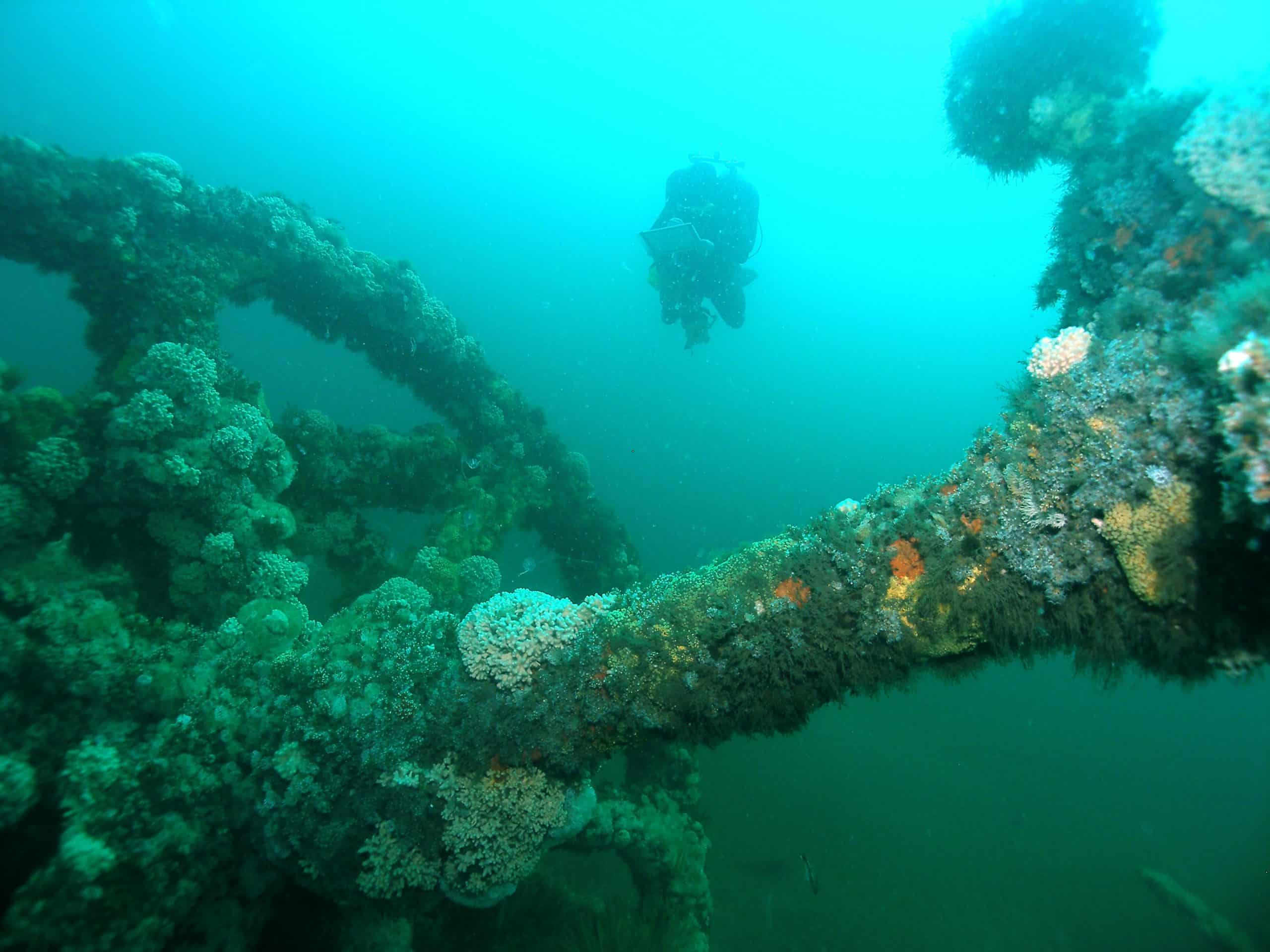
The divers explored more than just the ecosystems in the ocean. They also searched shipwrecks. “There is perhaps no greater potential for archaeological studies in U.S. waters than along the Eastern Seaboard,” Joseph Hoyt of NOAA wrote.
Okeanos Explorer
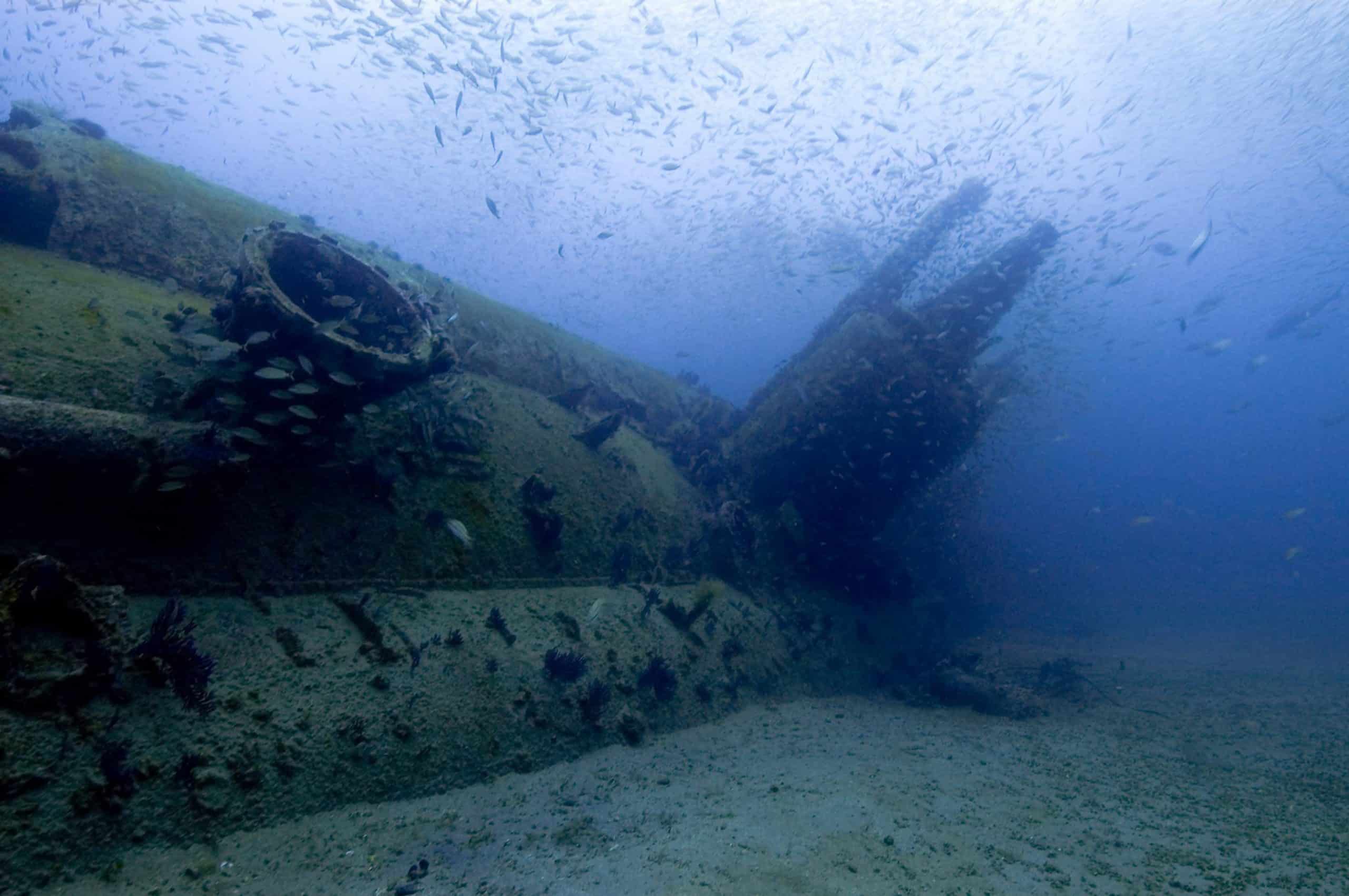
The Okeanos Explorer was responsible for bringing divers deep into the ocean. “What could we find? A small coastal trader? A paddle wheel steamer? A massive steel oil tanker? All are possibilities, and all have the potential to focus our attention on a forgotten piece of our shared heritage,” Hoyt continued.
Mapping Out the Mission

Before diving down deep, scientists and fisheries worked with NOAA to help them map out the region off the southeastern coast. Two weeks after the plans were finalized, the project took its next steps.
It Begins

On June 20th the ROV was sent down into the ocean to collect footage and data. A week after the first dive, researchers sent the ROV about 80 miles off the coast of South Carolina 650 feet deep.
SS Bloody Marsh

During this dive, researchers hoped to come across the SS Bloody Marsh. The ship was sunk by a German U-boat during WWII in 1943. Finding the ship was a big goal for the NOAA.
No Luck
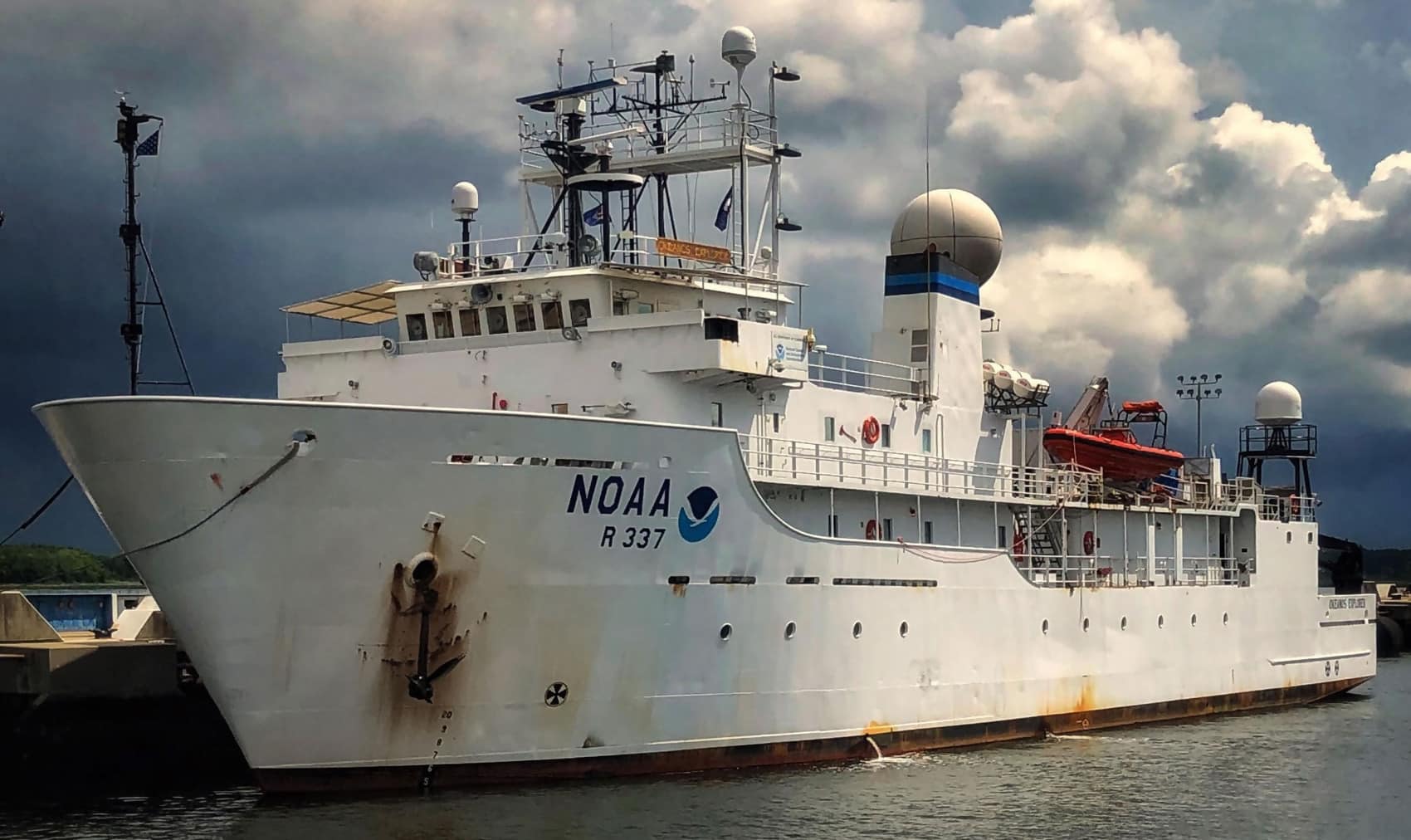
Unfortunately, they weren’t able to stumble upon the SS Bloody Marsh. That doesn’t mean the mission was a waste, though. They caught footage of some pretty incredible sea creatures.
New Discoveries
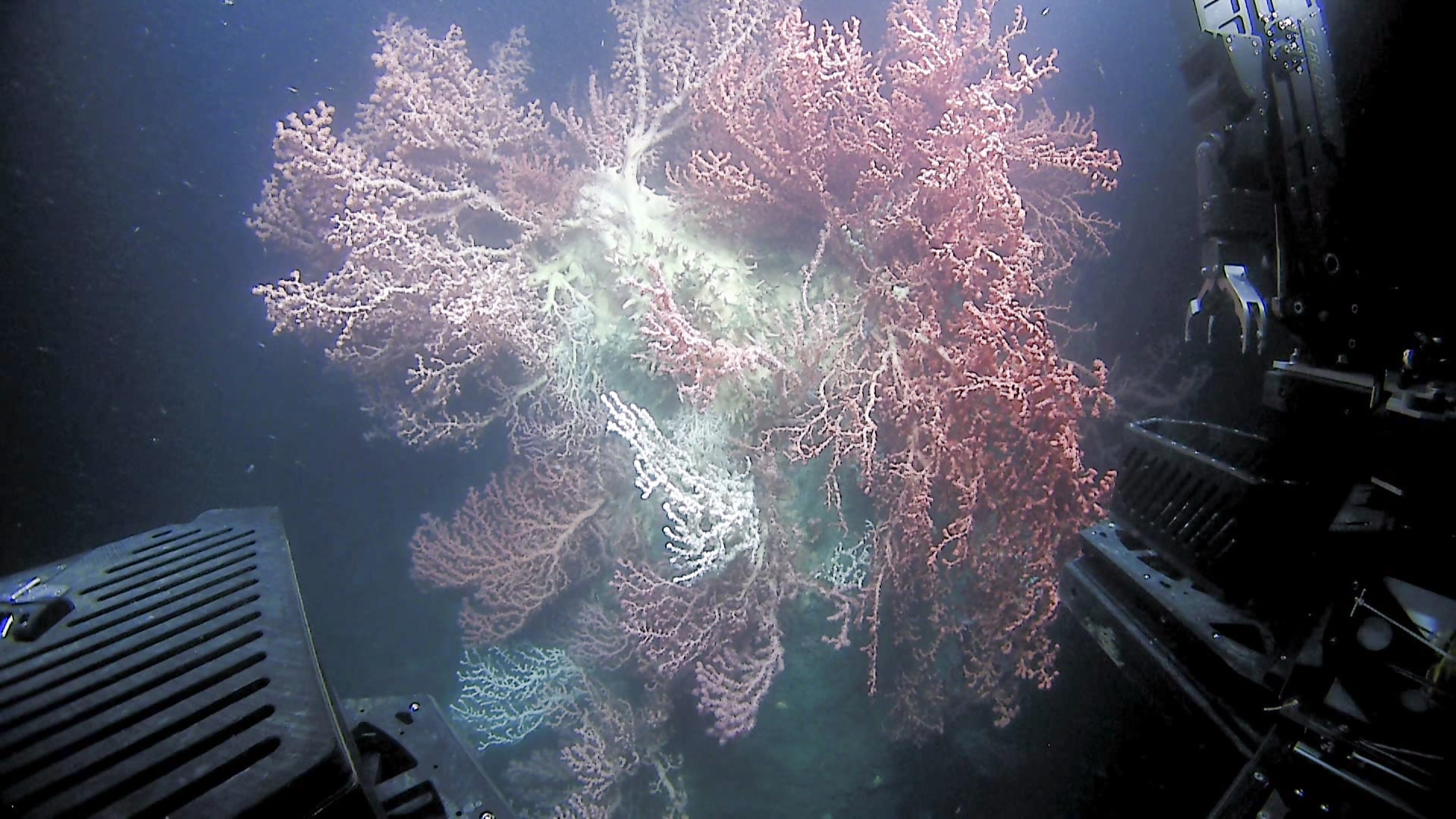
During one of the dives, researchers noticed a new type of coral that they hadn’t seen in the area before. It was from the hydrozoa family of coral. However, this discovery was just the beginning of an exciting day.
The Swordfish
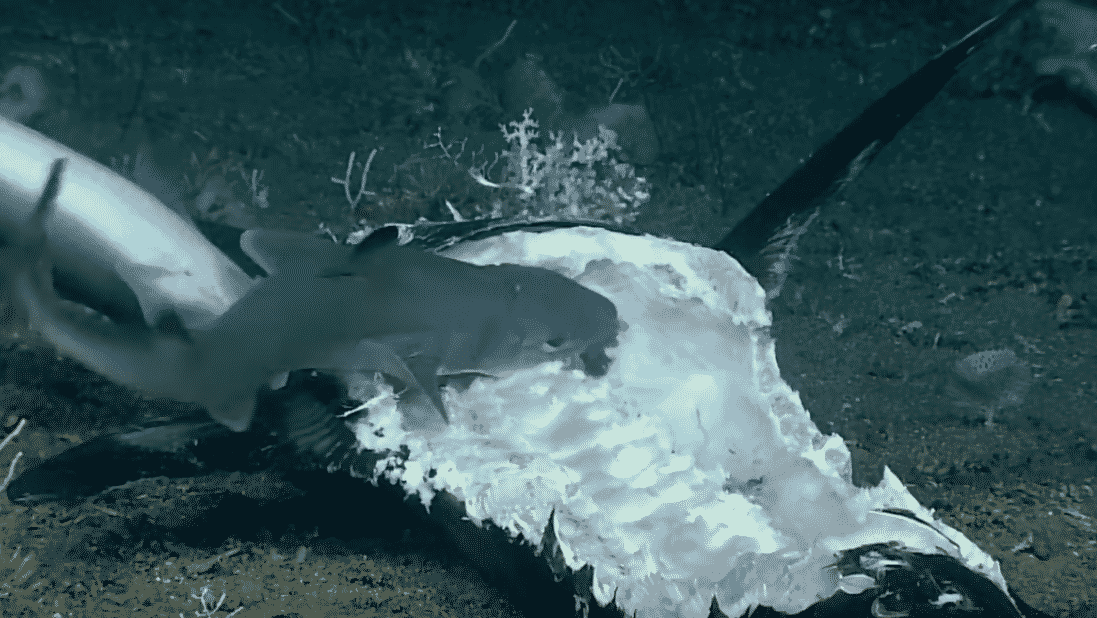
The next thing the researchers saw was the carcass of a swordfish. There were about 11 animals, mostly sharks, feeding off of the dead fish.
The Sharks
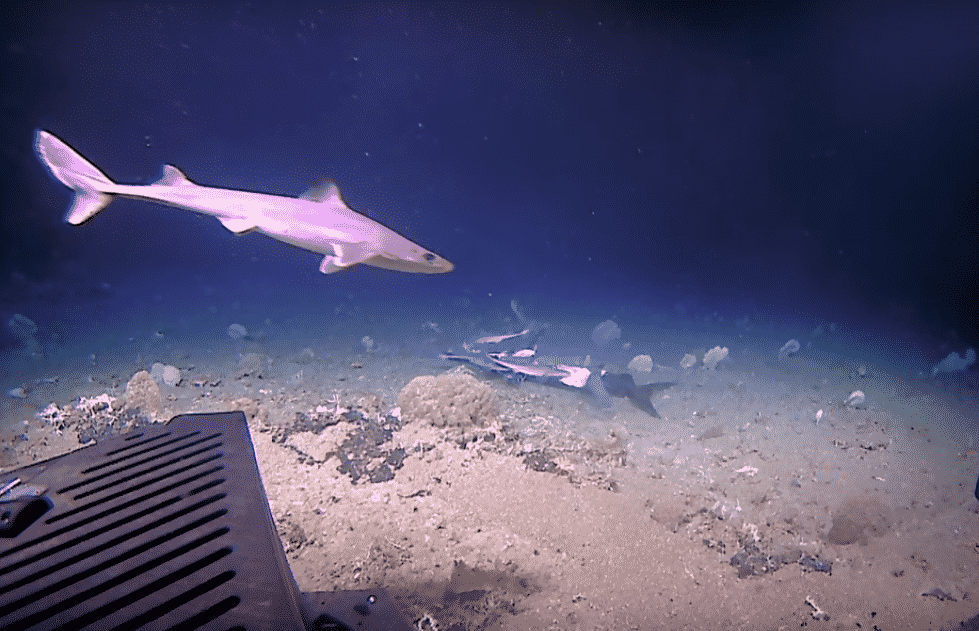
There were two different kinds of sharks feeding off of the swordfish. The first was the Roughskin dogfish and the second was a Genie’s dogfish. They are both part of the Squalidae family.
Finding Food
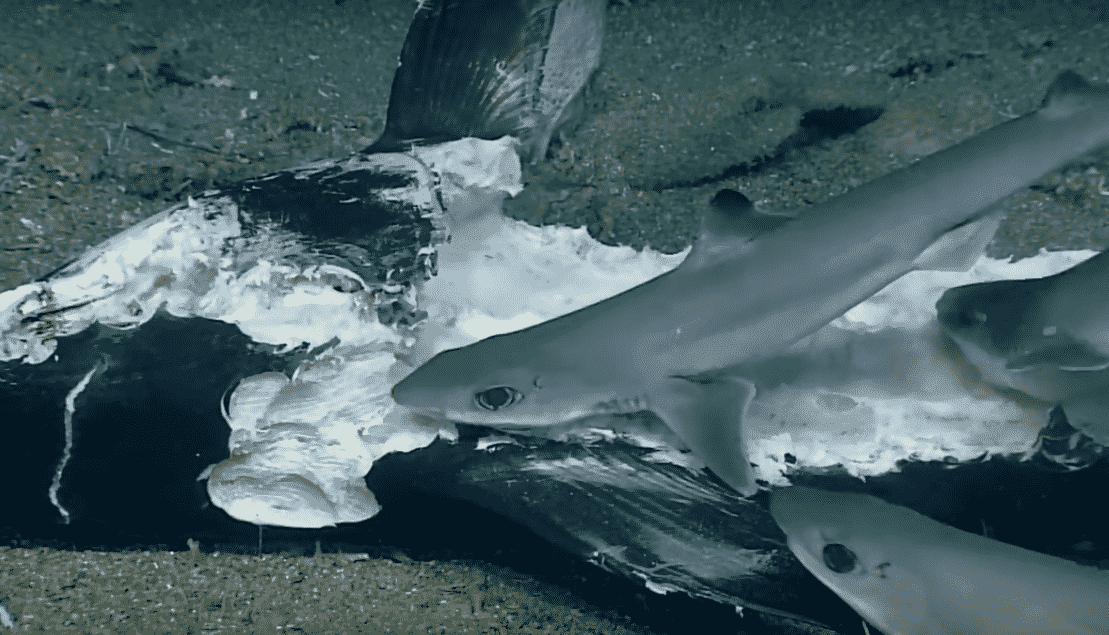
Researchers predicted that the dogfish sharks traveled quite a ways to eat the swordfish carcass. They think that the sharks felt vibrations and felt chemicals in the water from the swordfish as it died.
Food Chain
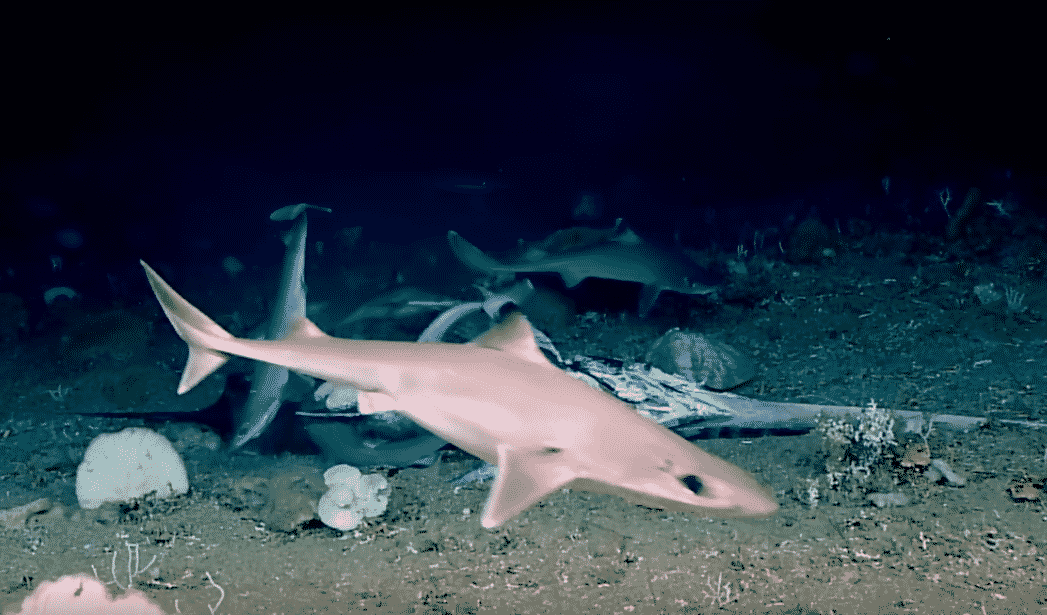
Researchers made note that what was happening here was exactly how the marine food chain works. For example, swordfish don’t typically swim near the ocean floor. So, when it died and sank to the bottom, it became food for the animals that dwelled deep.
New Guest
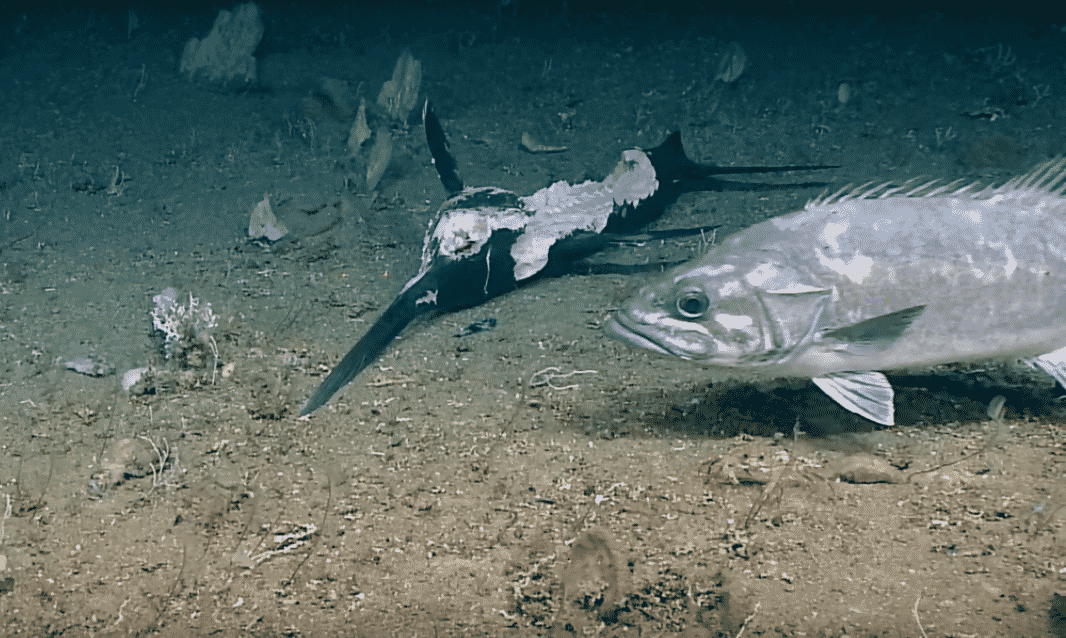
The sharks were just the beginning of the excitement, though. It was when researchers noticed a giant wreckfish enter the scene that things got interesting.
The Wreckfish
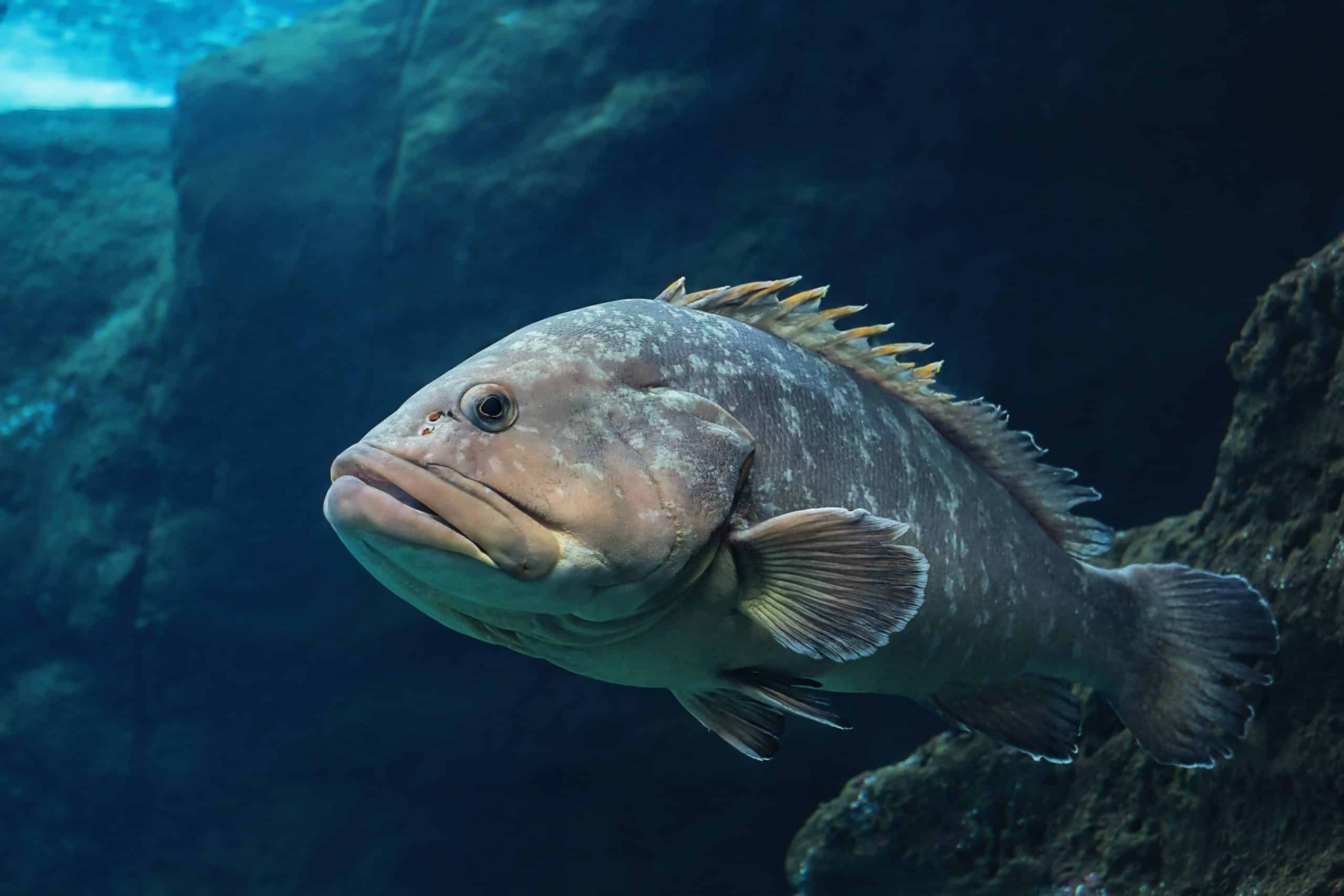
The wreckfish gets its name because it is known for habituating in sunken ships. They are a bluish gray color and have large, powerful mouths. The researchers would soon find out just how powerful wreckfish can be.
Life of a Wreckfish

The wreckfish can grow to be pretty large. It can be 6.5 feet long and weight up to 220 pounds. They can also live for 70 years!
Confusion
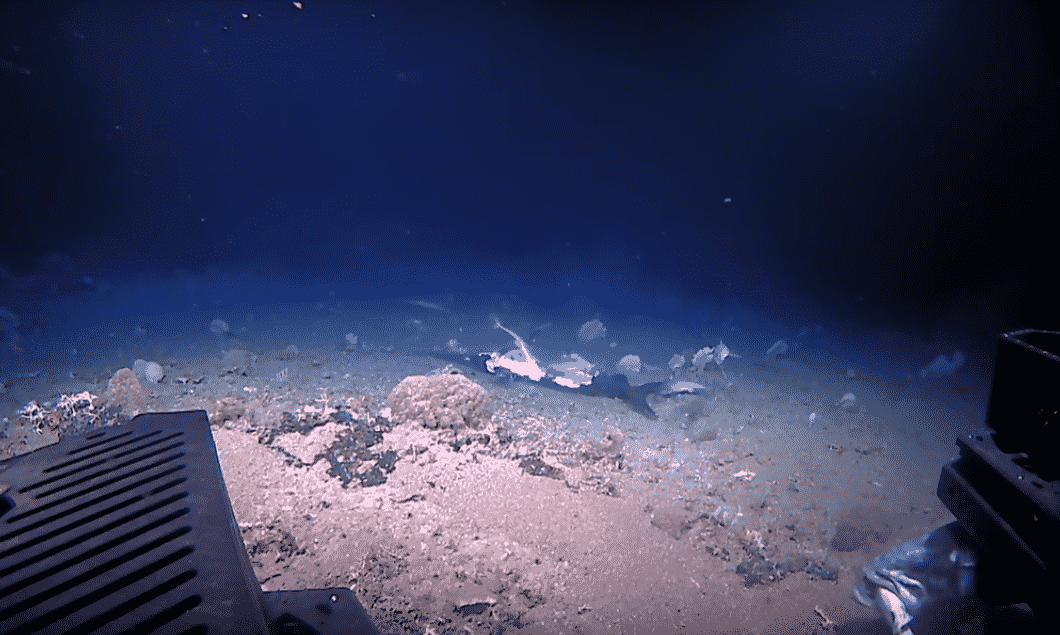
The researchers were confused as to why the wreckfish would approach the swordfish. It wasn’t something they would normally eat. It turns out, this wreckfish had other plans.
Sneaky Fish

The wreckfish is smarter than it appears. While the sharks feasted, it hid behind the ROV so it wouldn’t be noticed. Suddenly, the wreckfish lunged and put its powerful jaws around one of the sharks.
Dinner

The researchers couldn’t believe what they had just seen. “Yes. It was a whole shark in its mouth… Wow, I’m going to remember this forever,” one of the researchers exclaimed when he saw the video.
Going Viral
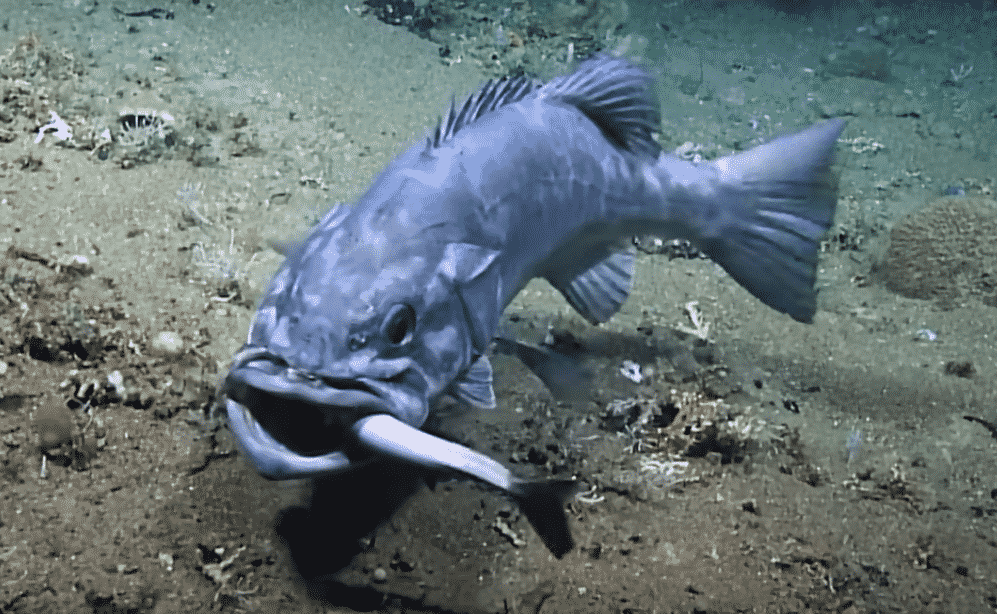
The video of the wreckfish eating the shark whole was uploaded to YouTube. It gained over a million views. People were absolutely shocked at what they saw.
More Predators
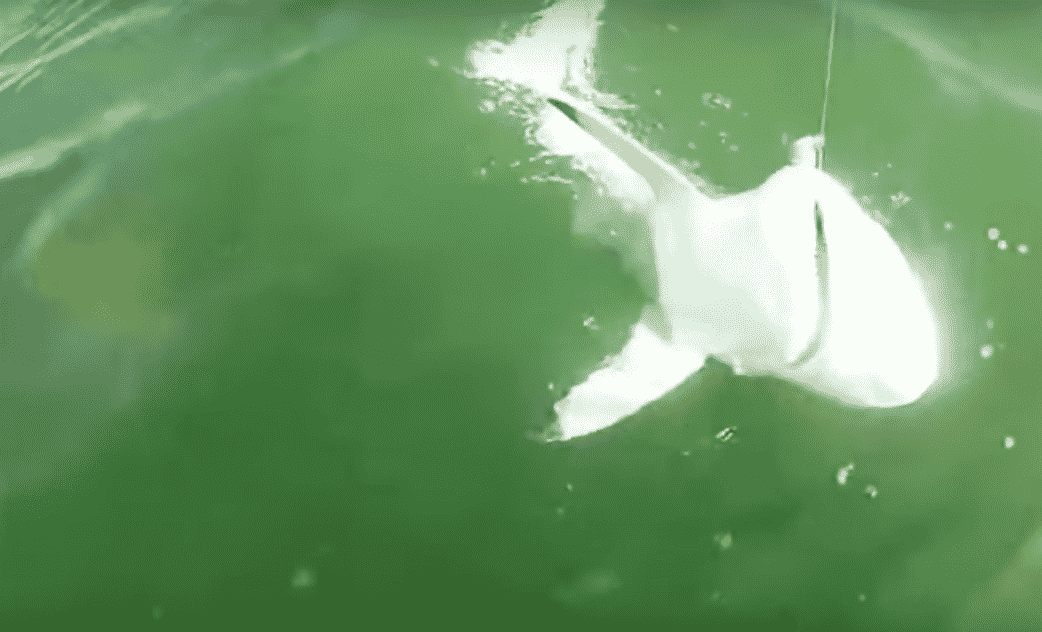
Another video was uploaded in August 2014 and went viral. A Florida fisherman had caught a black tip shark, but it wouldn’t be there for very long.
Sneak Attack
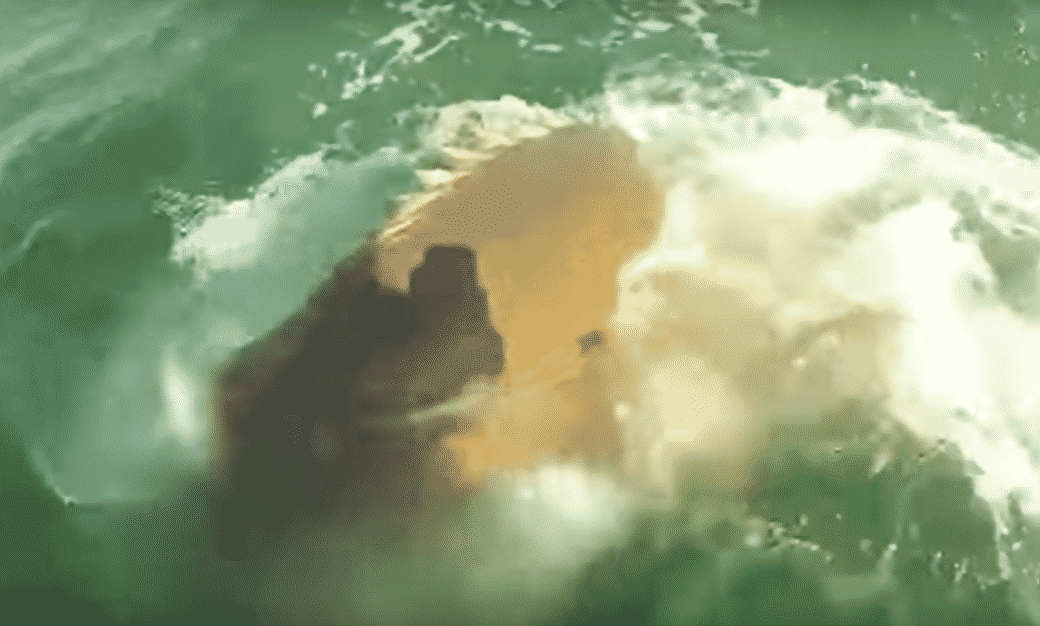
As the fisherman reels in his catch, he notices something dark in the water coming towards his catch. All of a sudden, a giant grouper took the shark in just one bite. The fisherman was absolutely shocked.
67 Million Views
Shockingly, the video from the Florida fisherman was viewed over 67 million times. That’s much, much more than the wreckfish video. According to commenters, they were both shocked but also not completely surprised at the events. In fact, a similar story went viral just four years later in the Everglades.
Deadly Catch

In the summer of 2018, Captain Jimmy Wheeler was out fishing on his boat when he caught a shark on his hook. Again, as he reeled it in, he noticed a large shadow coming up towards the surface.
Atlantic Goliath Grouper
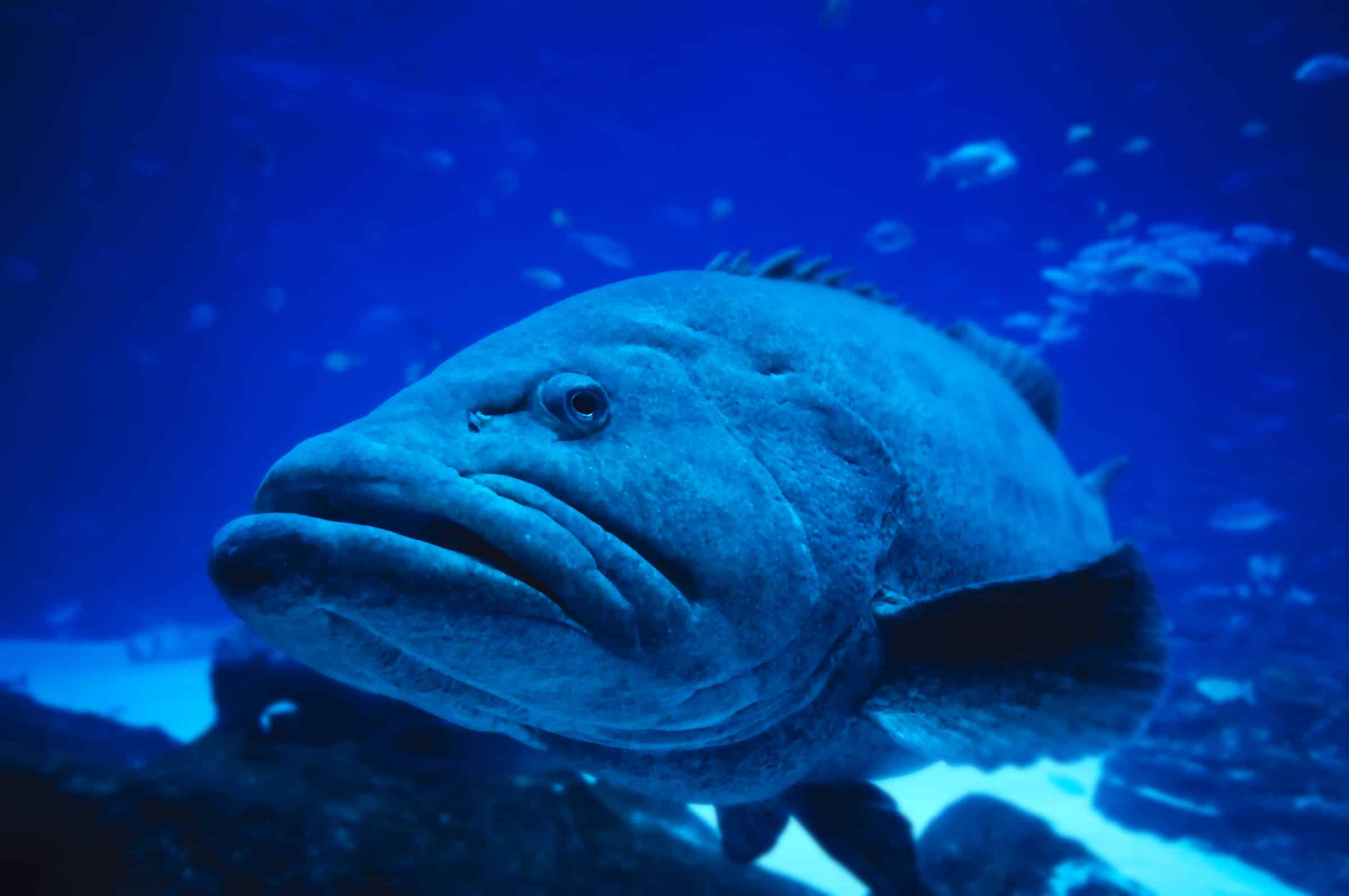
The captain knew exactly what was going to happen. He called over his mates and told them, “Watch this, you guys are going to freak out.” Suddenly, a large Atlantic Goliath Grouper snatched the shark right off the hook.
Individual Accounts

Wheeler’s wife said, “He just sucked it in. I don’t remember ever seeing anything this crazy.” Wheeler also mentioned that they saw the grouper fish also eating a stingray later that day.
Goliath Diet
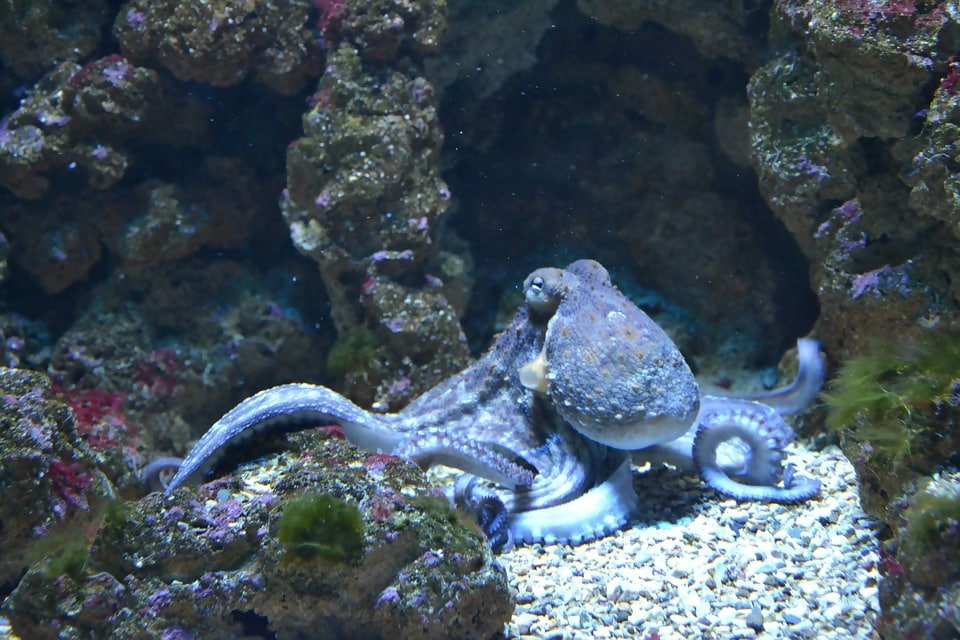
Groupers are known for staying towards the surface and feasting on octopus, crustacean, and fish. Although, they have been known to eat lemon sharks and sometimes even humans. Their size probably as something to do with the fact that they eat larger prey.
One Big Fish
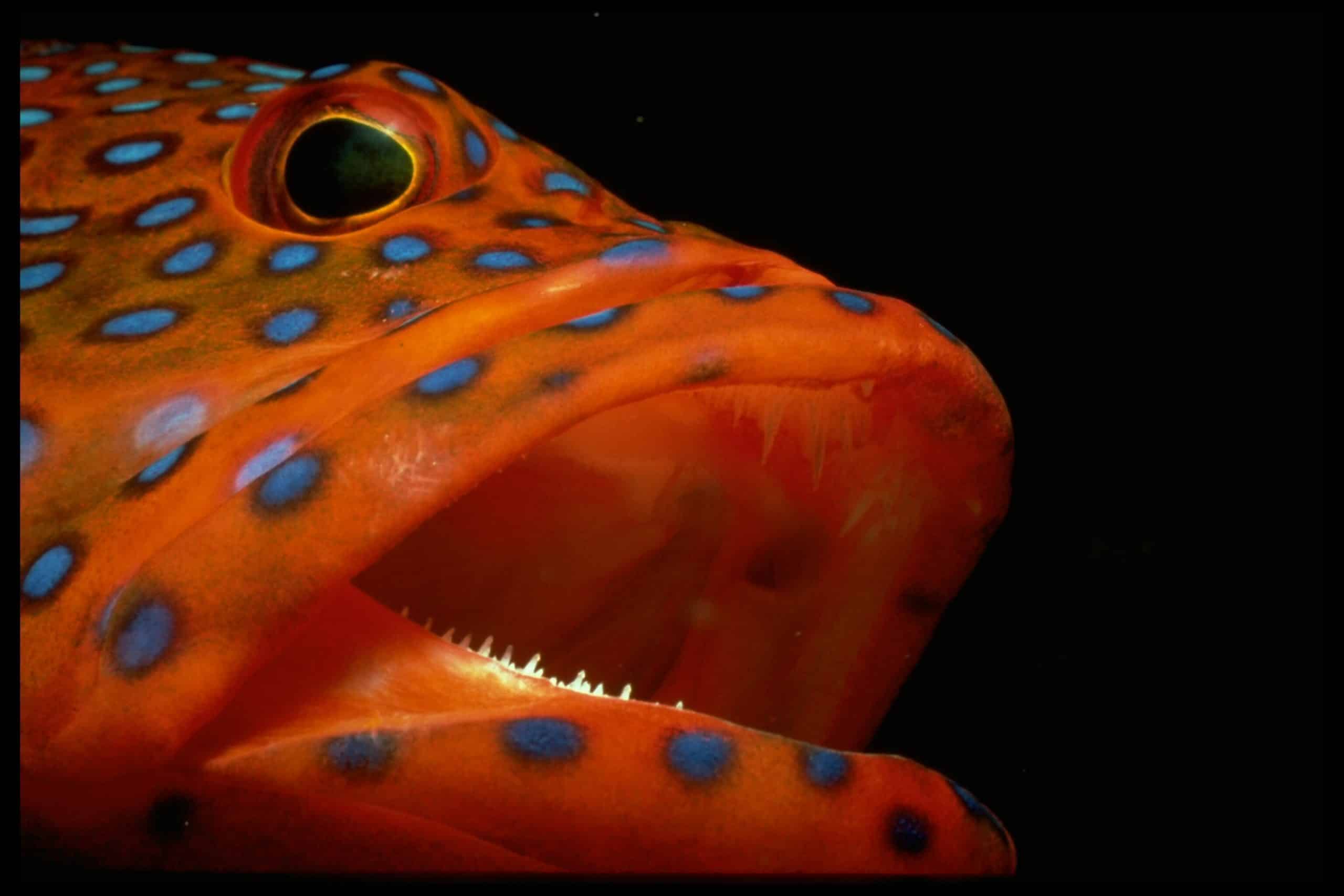
The Goliath Grouper can grow to be more than 8 feet long and weigh over 800 pounds. They eat almost literally everything they can. While they are a pain for fishermen, the grouper is protected by the state of Florida because their population is decreasing.
Fighting Off the Fish
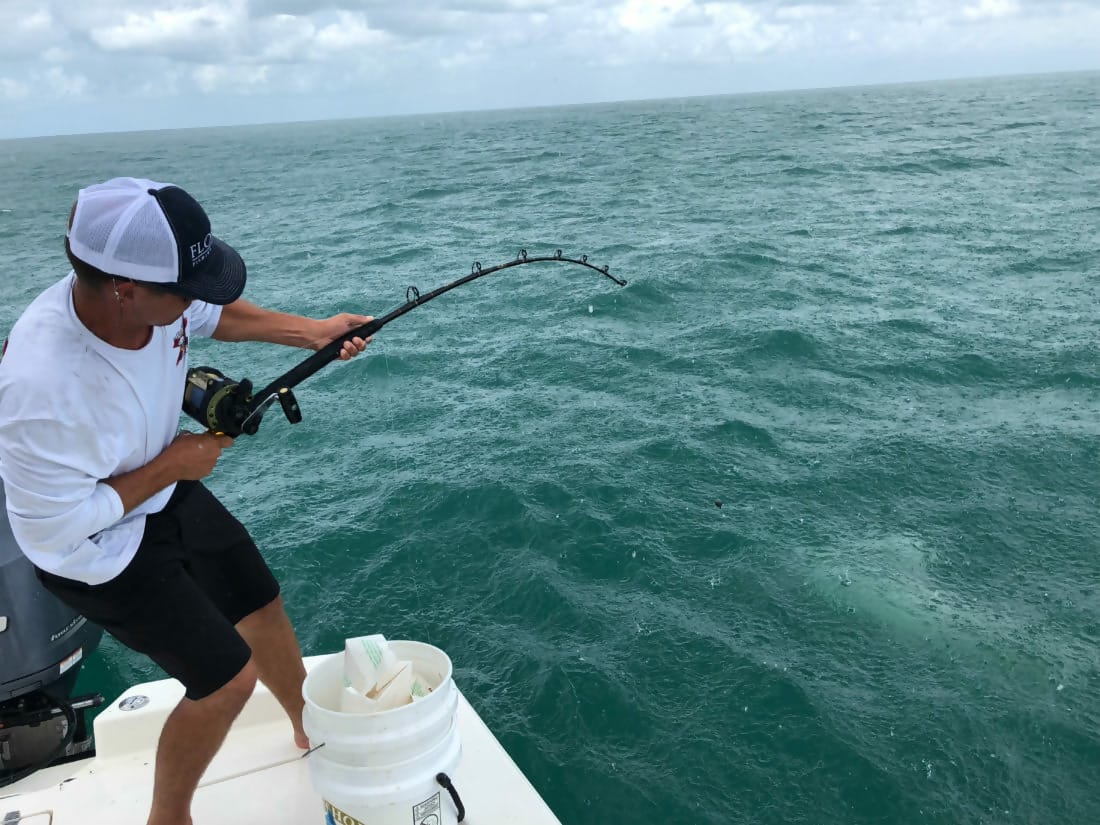
Fortunately for Wheeler, the grouper gave up the fight for the shark. Although, Wheeler knew that he should throw the shark back into the water even though it was hurt.
Ending the Mission
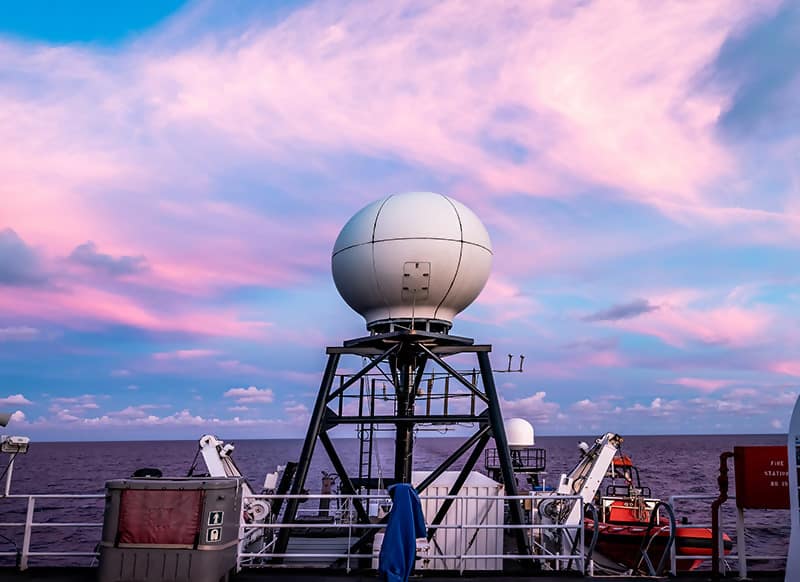
Returning to NOAA, they ended their mission after 19 different dives. They wrapped up their project on July 12th after collecting a ton of data from the sea floor.
Octopus Mom
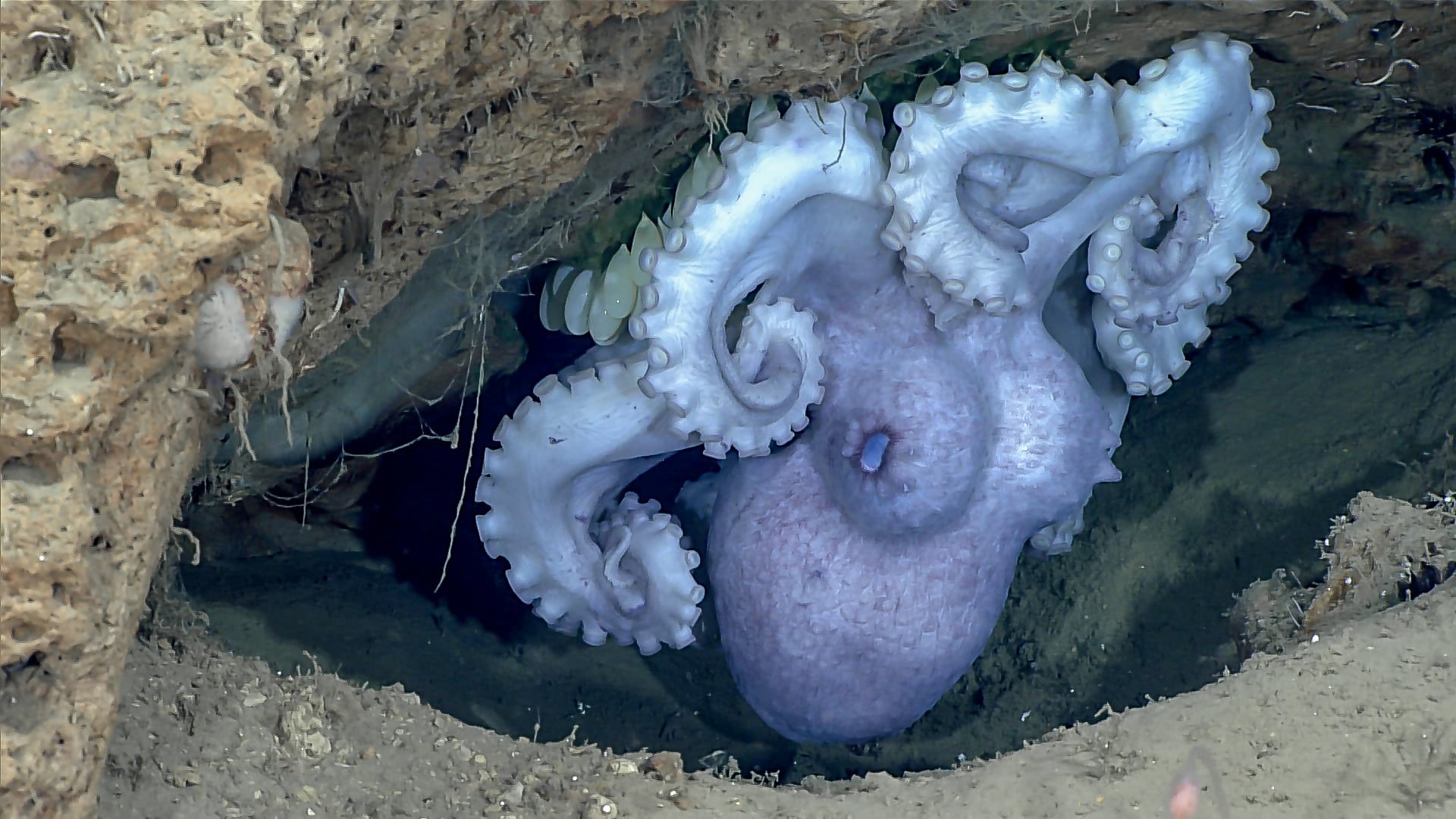
During the 17th dive of the expedition, the team was able to get footage of a mama octopus protecting her eggs. This rare footage is incredible and something that you definitely do not see everyday.
Shark Sightings
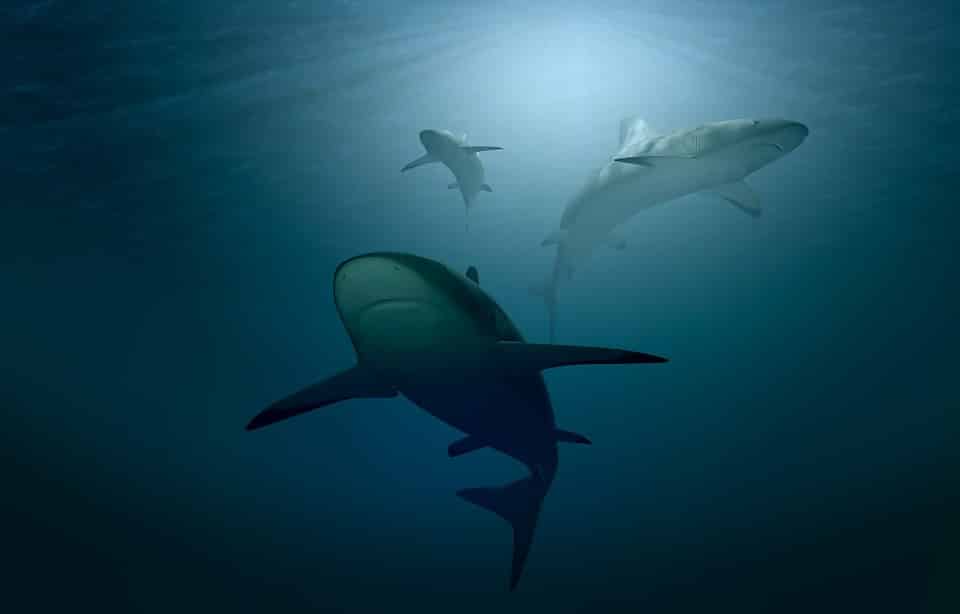
According to Peter J. Auster from OER, “Sometimes ‘sharks just happen.’ You can’t plan on seeing these kinds of things, especially in the deep ocean. It is simply serendipity; by just spending enough time underwater and being prepared for the unexpected, you can stumble across scenes that will replay in your mind’s eye over and over for a lifetime.”

